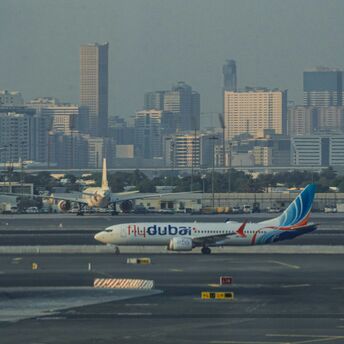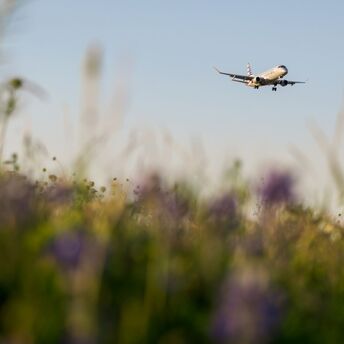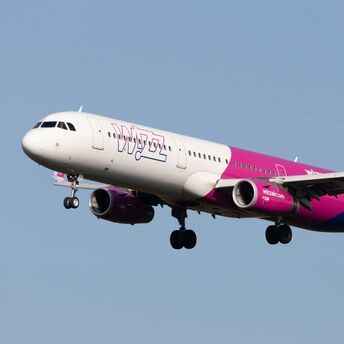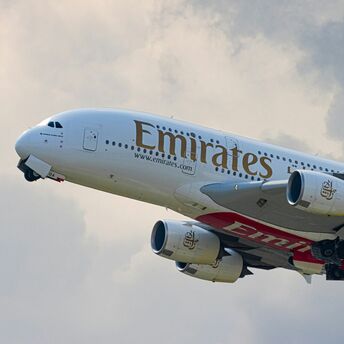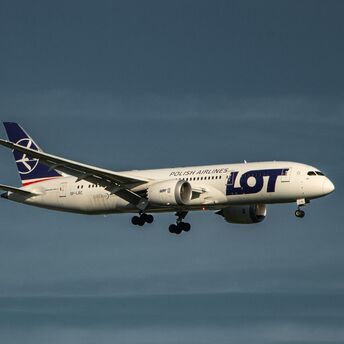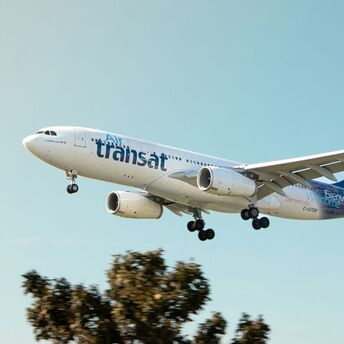Turbulence Strikes Again for SIA Group: 7 Injured on Scoot Flight TR100
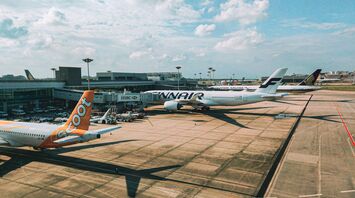
A Scoot Boeing 787 Dreamliner, operating flight TR100 from Singapore to Guangzhou, China, encountered severe turbulence during its approach, resulting in injuries to seven passengers. One of the injured passengers required hospitalization, according to a report by The Straits Times.
Incident Details
The Scoot Boeing 787-9 Dreamliner, registered as 9V-OJD, took off from Singapore Changi International Airport on September 6, 2024, at 5:45 am local time. The flight, which lasted three and a half hours, encountered turbulence at an altitude of approximately 20,000 feet while approaching Guangzhou Baiyun International Airport. Upon landing, four passengers and three crew members received medical assistance. While most injuries were minor, one passenger was hospitalized for further observation.
The airline confirmed that the turbulence was caused by clear air turbulence (CAT), a phenomenon where turbulent air masses move without visual indicators, such as clouds. This makes it extremely dangerous as pilots cannot anticipate it.
Previous Incidents for SIA Group
This marks the second serious turbulence incident for the Singapore Airlines Group (SIA) in recent months. An earlier flight from London to Singapore experienced a severe jolt that resulted in the death of a British passenger and injuries to several others. Following that event, Singapore Airlines provided compensation and support to affected passengers, underscoring its commitment to safety and assistance.
Understanding Clear Air Turbulence
Clear air turbulence is particularly hazardous due to its unpredictability. It often strikes without warning and can be especially dangerous when passengers and crew are unbuckled or moving around the cabin. Even large aircraft, such as the Boeing 787, are not immune to its effects. Scientists believe that the increasing frequency of clear air turbulence may be linked to climate change. Paul Williams, an atmospheric scientist at the University of Reading, noted that climate change is making the jet stream less stable, potentially leading to more frequent turbulence events.
Despite the risks, injuries from clear air turbulence remain rare when passengers adhere to safety protocols, such as wearing seatbelts throughout the flight.



